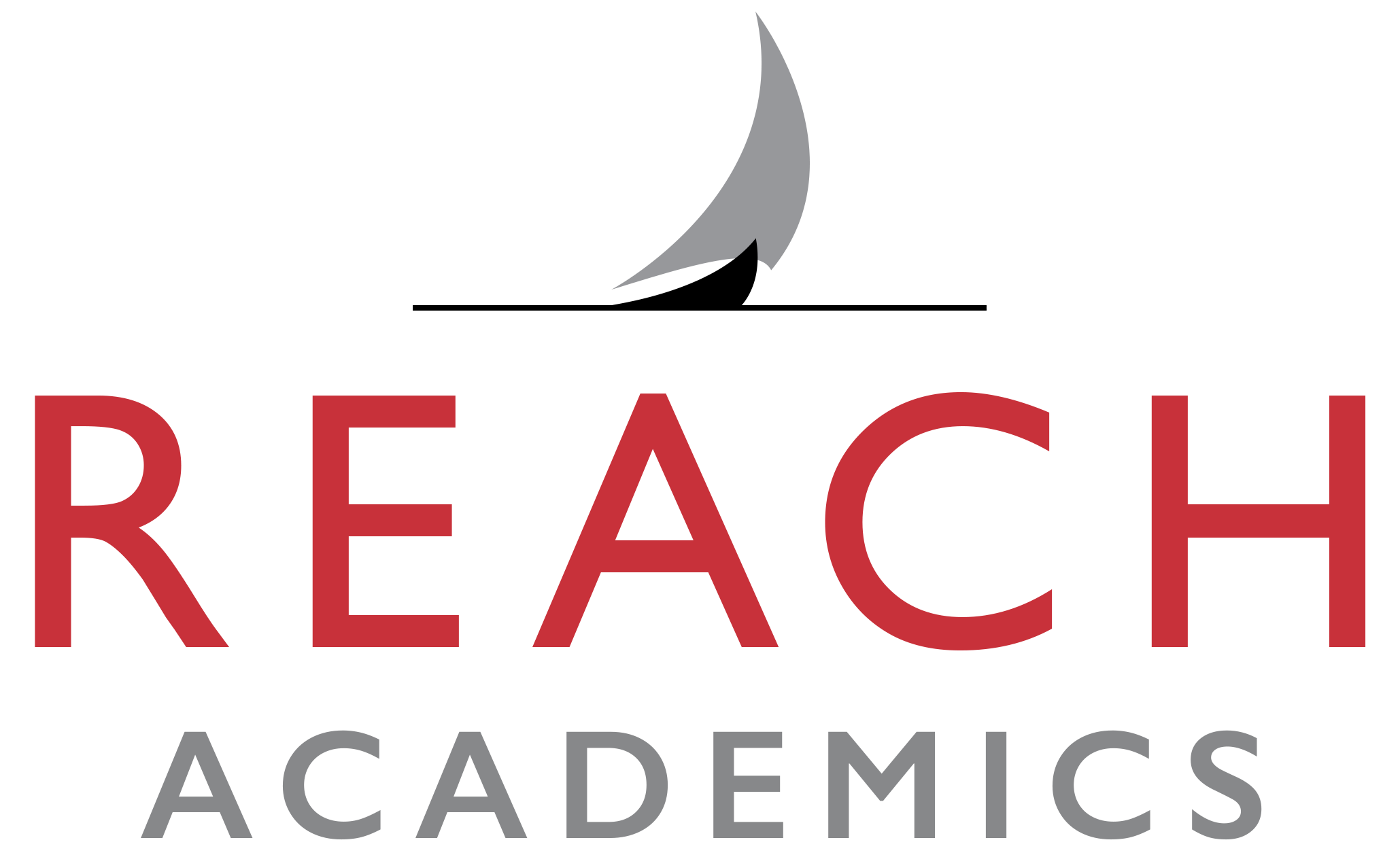Our Students: Snowflakes or Anti-Fragile?
Like most educators, I am thinking hard about the impact this election cycle had on our students. It’s been a nasty, brutish, and not short period of time. The Kavanaugh Hearings. The Caravan. The Mail-bomber. The Synagogue Massacre. Accusations of voter fraud. Mockery, bias, character-shaming permeate the airwaves. We partook on a wild ride. Our country experienced enough friction to erode the confidence of even the most stoic among us. The loss of civility in public discourse will take a long time to rebuild.
Yet while our students are living with these basest elements of society, they are also maintaining their idealism. It’s an interesting juxtaposition. Students can be their own harshest critics (have you ever required your students to grade their own essay?). Yet they can also be incredibly resilient, hopeful and optimistic, as seen every day when we open our eyes and ears.
Many adults dismiss such idealism as folly…as Pollyanna-ish…as viewing the world through artificial and rose-tinted lenses. Look no further than those quick to disparage the Parkland students, who are nobly motivated by unspeakable tragedy and fueled by hope-filled idealism.
A new book out, The Coddling of the American Mind By Gregory Lukianoff and Jonathan Haidt, focused me on the power of youthful idealism and its source: anti-fragility (coined by essayist and philosopher Nassim Taleb).
Anti-fragility is the concept of humans being strengthened through adversity. We grow through challenge. We are strengthened when we are not over-protected.
This is where modern society gets it wrong: our tendency to bubble-wrap our children generates precisely the opposite result of its intent because at some point those bubbles will be popped and the coddled child will lack the strength to push forward. His underdeveloped wings will not support his heavy body. His stomach will not tolerate the food in front of him.
Children and adolescents have always been stronger than 21st century society gives them credit for. And this is a good thing. Remember that up until the 1900s adolescence was not even a real concept. Young adults were treated as just that…adults. There was no middle area…one was either a child or an adult. No other options existed on the menu.
So it is with my own degree of hope that the concept of anti-fragility comes into play in whatever transpires as a result of the recent mid-term elections in the US. The term “anti-fragile” means exactly what it says: young people are more resilient—and less fragile—than we think.
That mother who allowed her child to cross mid-town Manhattan in order to get home from school was honoring her daughter’s anti-fragility. The junkyard playgrounds in the UK allowing kids to build with hammers and light fires and toss tires from hilltops was honoring anti-fragility. I am counting on anti-fragility to carry our students through this dark time in US society and come out stronger on the other end.
Their idealism fuels my hope more today than ever before.
